With a growing global interest in holistic health and natural remedies, the demand for dry medicinal herbs has skyrocketed. Whether it’s to alleviate common ailments, boost immunity, or enhance overall well-being, consumers are increasingly turning to age-old herbal remedies. This emerging trend has opened up lucrative opportunities for entrepreneurs in the health and wellness industry. 1. The Rising Demand for Dry Medicinal Herbs: As more individuals seek alternatives to conventional pharmaceuticals, dry medicinal herbs are experiencing a surge in popularity. These herbs offer a range of traditional benefits, from improving digestion and reducing inflammation to promoting relaxation and supporting mental health. The organic nature and minimal side effects of these herbs make them particularly attractive to health-conscious consumers.

.
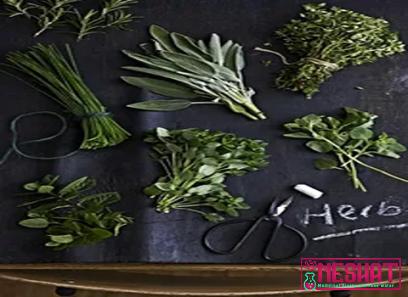 2. The Advantages of the Dry Medicinal Herbs Market: The market for dry medicinal herbs offers several advantages for aspiring entrepreneurs. Firstly, the cultivation of these herbs is relatively straightforward, making it an accessible industry for newcomers. Secondly, dry herbs have a longer shelf life compared to fresh herbs, allowing for easier storage, transportation, and wider distribution. Furthermore, their versatility and diverse applications enable a wide customer base, from individual consumers to tea manufacturers, spa owners, and natural skincare companies. 3. Identifying High-Demand Dry Medicinal Herbs: To succeed in the dry medicinal herbs business, it is crucial to identify herbs that are in high demand. Some popular herbs include lavender, chamomile, peppermint, Echinacea, ginger, and turmeric, among others. These herbs have proven medicinal properties and versatility in culinary applications, herbal teas, essential oils, and natural beauty products. Conducting market research will help identify the specific herbs that resonate with target consumers and maximize profitability.
2. The Advantages of the Dry Medicinal Herbs Market: The market for dry medicinal herbs offers several advantages for aspiring entrepreneurs. Firstly, the cultivation of these herbs is relatively straightforward, making it an accessible industry for newcomers. Secondly, dry herbs have a longer shelf life compared to fresh herbs, allowing for easier storage, transportation, and wider distribution. Furthermore, their versatility and diverse applications enable a wide customer base, from individual consumers to tea manufacturers, spa owners, and natural skincare companies. 3. Identifying High-Demand Dry Medicinal Herbs: To succeed in the dry medicinal herbs business, it is crucial to identify herbs that are in high demand. Some popular herbs include lavender, chamomile, peppermint, Echinacea, ginger, and turmeric, among others. These herbs have proven medicinal properties and versatility in culinary applications, herbal teas, essential oils, and natural beauty products. Conducting market research will help identify the specific herbs that resonate with target consumers and maximize profitability.
..
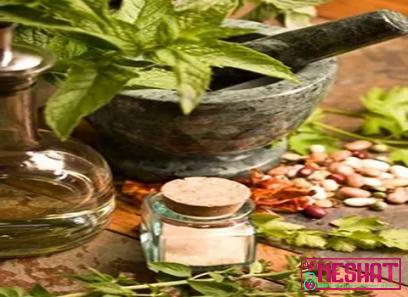 4. Sourcing and Quality Assurance: When entering the dry medicinal herbs market, it is essential to source high-quality herbs from reputable suppliers. Ensuring herbs are grown organically, harvested at the right time, and dried properly preserves their potency and therapeutic properties. Partnering with local farmers, herbalists, or joining herb cooperatives can provide a consistent supply chain and foster relationships built on trust and quality. 5. Packaging and Branding: Packaging plays a crucial role in the success of dry medicinal herbs. The packaging should not only protect the herbs from moisture and UV light but also showcase the product’s quality, ensuring it stands out on store shelves or online platforms. Furthermore, branding that emphasizes the natural and holistic aspects of the herbs, along with clear information about their health benefits, can help build consumer trust and loyalty.
4. Sourcing and Quality Assurance: When entering the dry medicinal herbs market, it is essential to source high-quality herbs from reputable suppliers. Ensuring herbs are grown organically, harvested at the right time, and dried properly preserves their potency and therapeutic properties. Partnering with local farmers, herbalists, or joining herb cooperatives can provide a consistent supply chain and foster relationships built on trust and quality. 5. Packaging and Branding: Packaging plays a crucial role in the success of dry medicinal herbs. The packaging should not only protect the herbs from moisture and UV light but also showcase the product’s quality, ensuring it stands out on store shelves or online platforms. Furthermore, branding that emphasizes the natural and holistic aspects of the herbs, along with clear information about their health benefits, can help build consumer trust and loyalty.
…
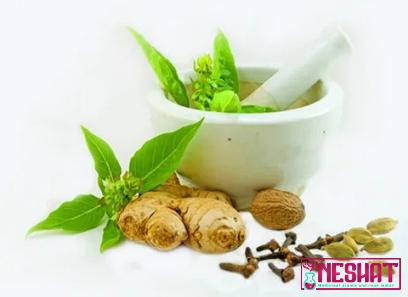 6. Marketing and Distribution Channels: To reach a wider market, entrepreneurs should develop a strong online presence through e-commerce platforms, social media, and informative websites. An effective marketing strategy should include education about the benefits and uses of dry medicinal herbs, engaging content, and collaborations with influencers or wellness experts. Additionally, partnering with local health food stores, wellness spas, and herbalist practitioners can help establish distribution channels and reach a targeted audience. Conclusion: The demand for dry medicinal herbs is on the rise, driven by a growing interest in natural remedies and holistic health. Entrepreneurs in the health and wellness industry can seize this opportunity by identifying high-demand herbs, ensuring quality sourcing, developing appealing packaging, and implementing effective marketing strategies. By capitalizing on the potential of dry medicinal herbs, businesses can tap into a lucrative market that not only satisfies consumer needs but also contributes to the overall well-being of individuals seeking alternatives to conventional medicine.
6. Marketing and Distribution Channels: To reach a wider market, entrepreneurs should develop a strong online presence through e-commerce platforms, social media, and informative websites. An effective marketing strategy should include education about the benefits and uses of dry medicinal herbs, engaging content, and collaborations with influencers or wellness experts. Additionally, partnering with local health food stores, wellness spas, and herbalist practitioners can help establish distribution channels and reach a targeted audience. Conclusion: The demand for dry medicinal herbs is on the rise, driven by a growing interest in natural remedies and holistic health. Entrepreneurs in the health and wellness industry can seize this opportunity by identifying high-demand herbs, ensuring quality sourcing, developing appealing packaging, and implementing effective marketing strategies. By capitalizing on the potential of dry medicinal herbs, businesses can tap into a lucrative market that not only satisfies consumer needs but also contributes to the overall well-being of individuals seeking alternatives to conventional medicine.
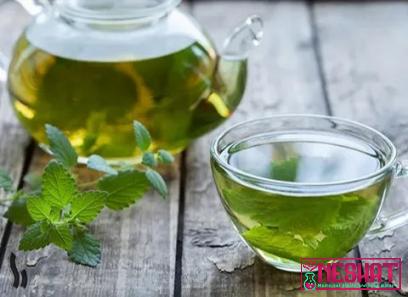
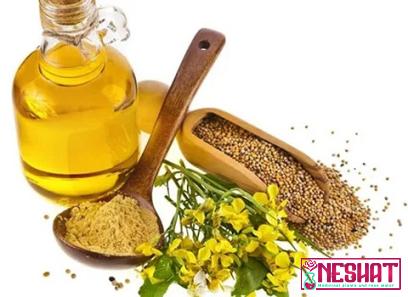
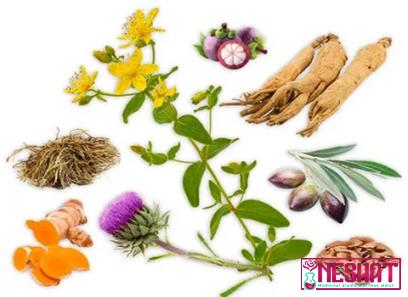

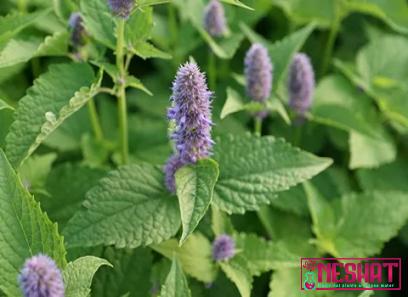
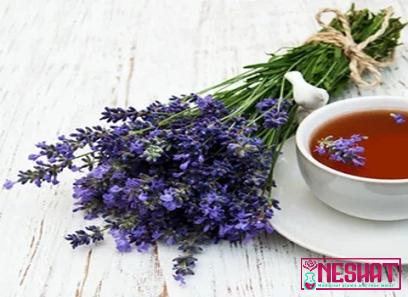
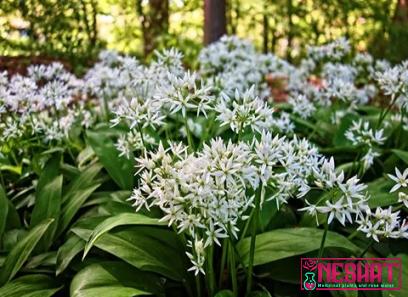
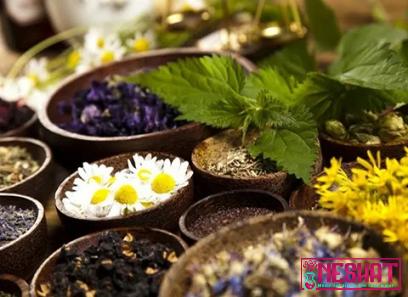
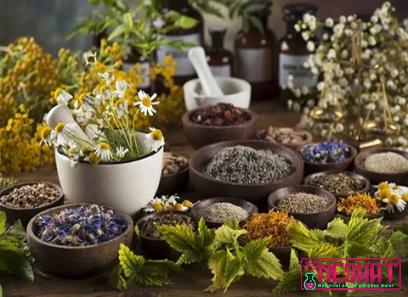
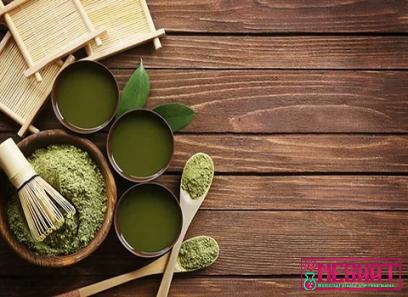
Your comment submitted.